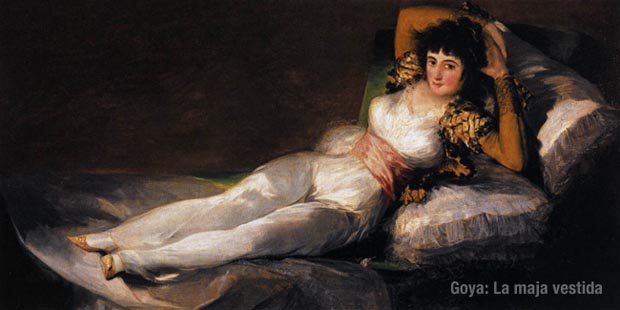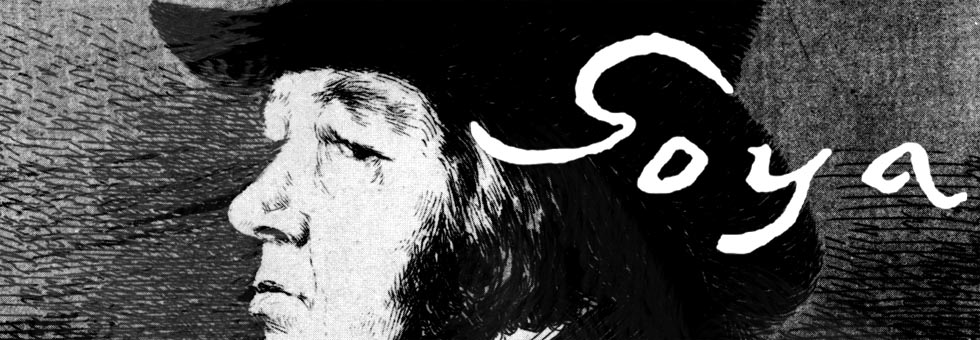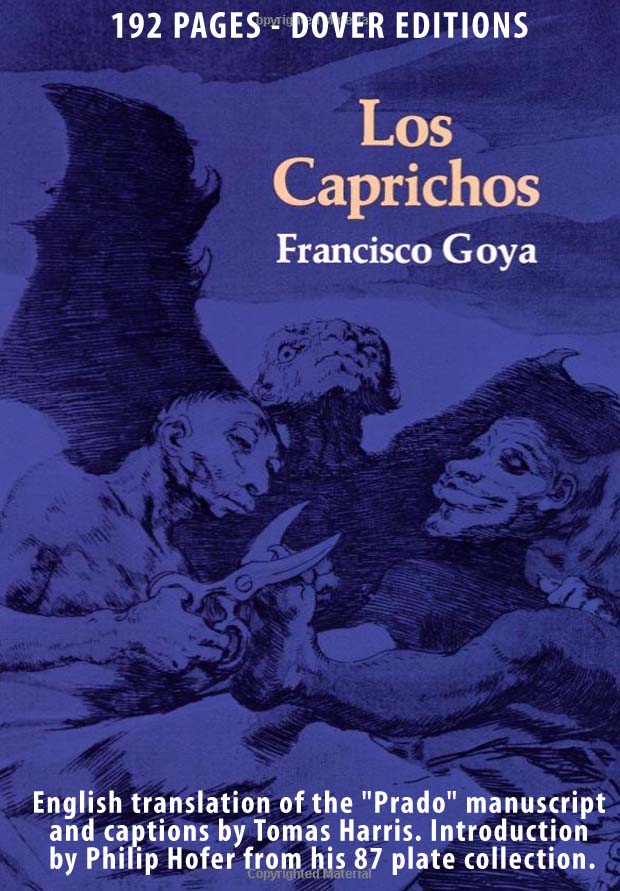Goya and la maja vestida
Article on the model in Goya's Maja Nude

Goya: la maja vestida
April 6, 2010
Kay Sluterbeck at the Van Wert, Ohio Times-Bulletin online examines this famous Goya painting:
"La maja vestida, known in English as The Clothed Maja, portrays the same beautiful, dark-haired woman, clad in a clinging white garment, reclining on a bed of pillows. The two pictures are usually hung next to one another. No one has ever discovered the model's identity, or why the paintings were created.
Both of the paintings are recorded as first belonging to the collection of Prime Minister Manuel de Godoy, Duke of Alcudia. Some art historians conjecture that the woman is his young mistress. However, it has also been suggested that the woman is Maria del Pilar Teresa Cayetana de Silva y Alvarez de Toledo, the 13th Duchess of Alba....
In 1815, the Spanish Inquisition saw the two paintings hanging side by side and hauled Goya in for questioning. He was told to reveal who commissioned him to paint the "obscene" La maja desnuda (The Naked Maja). No one knows if Goya revealed the client's name, or if Goya was tortured (not uncommon with the Spanish Inquisition). No records with this information have ever surfaced. However, the Inquisition confiscated both works from the Prime Minister, stating they were "obscene". They were returned in 1836..."
It seems reasonable that the paintings were commissioned by Manuel Godoy. The first appearance of this image (and its sister-painting, La maja desnuda) in historical records is in the 1808 inventory of Manuel Godoy's artworks (which also included the Velasquez 'Toilet of Venus' which was received by Godoy from the Duchess of Alba at her death in 1802.) The 1808 inventory refers to the paintings as gypsies (gitimas).
Jose Guidol, in his book Goya (1964) suggests the paintings were surely executed before 1800. Many scholars think the paintings were probably used as discrete decorations at Godoy's Madrid palace. Goya had painted a portrait of Godoy in 1801 (which referred to him as the "prince of peace" for his diplomatic work). This was before Godoy's complete fall from grace and eventual exile from Spain for the rest of his life when King Ferdinand (who hated Godoy) succeeded his father Charles IV.
Some historians consider the images to be paintings of Godoy's long-time mistress Pepita Tuda, whom he eventually married in 1832.
An Argument on la Maja Vestida and la Maja de Nuda
My opinion is that the pair of images are composites and not based entirely upon actual live painting from a model, though the original images may have been entirely based upon a model. What is the reasoning for this?
(One) A stiffness not found in other similar poses in other Goya paintings is present.
(Two) Additionally, the heads appear to have been remodeled after the body forms were painted, as the paint stroke application and finish is different (this is better viewed from modern detail image of the painting and not in older printed books showing the paintings as the older printing processes cannot hold the detail necessary to see the difference). This would lend credence to the idea that the paintings were of a specific known person (the Duchess of Alba, or Godoy's mistress Pepita Tuda); but during the turmoil and strife of the Napoleonic invasion, and eventual restoration of the powers of the Inquisition, it would have been prudent to disguise the identity of a well known person appearing in a (forbidden at that time) nude painting.
As we know from his sketchbooks and various private paintings Goya made, a professional artist of Goya's caliber and skills could easily paint and draw images without a model present. With familiarity with any person, he would have been able to make an identifiable portrait image (and certainly did so in many instances, particularly in his lampooning and satirizing in Los Caprichos) without needing access to the person in question to make the image.
(Three) The level of realism in Goya's "live" portraits supersedes what's here in the Vestida and Desnuda. The embellishing level is the same, but the drawing quality is not. This difference in application of skill in these images is my basis for questioning whether La Maja Desnuda or La Maja Vestida are from actual live modeling session at all. But this is all conjecture.
Update: The idea of an alteration being made to the painting after working with a live model is examined in Goya Images of Women exhibition catalog, 2002. That the head on desnuda was altered was first suggested in 1843 by Louis Viordot in Les Musée d'Espagne, d'Angleterre et Belgique. Guide et mémento de l'artiste et du voyageur.
Goya Images of Women also discusses who the originating patron was for the paintings, settling on the likelihood of Godoy.
AMAZON
Goya The Terrible Sublime - Graphic Novel - (Spanish Edition) - Amazon
"From this headlong seizure of life we should not expect a calm and refined art, nor a reflective one. Yet Goya was more than a Nietzschean egoist riding roughshod over the world to assert his supermanhood. He was receptive to all shades of feeling, and it was his extreme sensitivity as well as his muscular temerity that actuated his assaults on the outrageous society of Spain." From Thomas Craven's essay on Goya from MEN OF ART (1931).
"...Loneliness has its limits, for Goya was not a prophet but a painter. If he had not been a painter his attitude to life would have found expression only in preaching or suicide." From Andre Malroux's essay in SATURN: AN ESSAY ON GOYA (1957).
"Goya is always a great artist, often a frightening one...light and shade play upon atrocious horrors." From Charles Baudelaire's essay on Goya from CURIOSITES ESTRANGERS (1842).
"[An] extraordinary mingling of hatred and compassion, despair and sardonic humour, realism and fantasy." From the foreword by Aldous Huxley to THE COMPLETE ETCHINGS OF GOYA (1962).
"His analysis in paint, chalk and ink of mass disaster and human frailty pointed to someone obsessed with the chaos of existence..." From the book on Goya by Sarah Symmons (1998).
"I cannot forgive you for admiring Goya...I find nothing in the least pleasing about his paintings or his etchings..." From a letter to (spanish) Duchess Colonna from the French writer Prosper Merimee (1869).
GOYA : Los Caprichos - Dover Edition - Amazon




